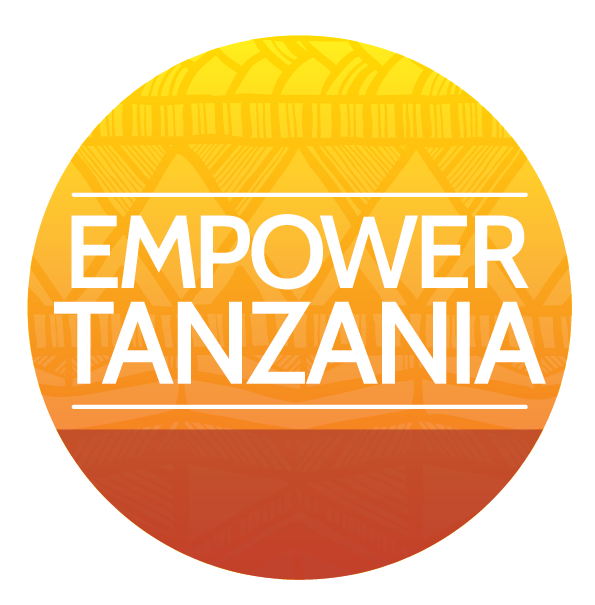10 Steps to Water at Pangaro
Clean water solutions are incredibly complex and require intense planning, organization, management, and fundraising. Here’s a brief primer on how we delivered on our promise of clean water in the village of Pangaro:
Acknowledge request from the community for a clean water source. After learning about the need, Empower Tanzania made a commitment to the people of Pangaro and asked that the community form a water committee.
Conduct a hydrogeological survey. This survey, which was performed at Pangaro by the regional water authorities, measured the rock and void formations underground to determine the probable location of water.
Develop a budget and hire contractors. After training area water stakeholders and hiring a well company to drill a borehole, all involved were thrilled to find water and test the water source for its quality and quantity.
Fundraise. Our supporters empower us to do the work that we do! So many of our donors heard the story of the village of Pangaro and generously gave to the development of this project. We’re so grateful!
Determine how to get the water out of the borehole. Once water was detected, our team of experts determined how best to develop a well to bring the water to the surface for consumption. At Pangaro, this involves a pump, piping, valves, tanks, electrical source, and a distribution system.
Fundraise some more. The money that Empower Tanzania raised to implement this well also benefited area well drilling companies through cutting-edge education. Our hope is that this education will extend far beyond the Pangaro well project to other clean water projects in the region.
Get to work. ETI hired trained contractors to install the pump and solar equipment, and to complete the civil (concrete) work. The Pangaro community provided labor to dig the foundation for the tank tower and for the distribution pipe trenches.
Install, test, and drink. After installation of the pump, the controllers, the solar equipment, the valves and piping, the tank(s), and the distribution points, all systems had to be tested. It was deemed safe for consumption, and people are finally able to drink the clean water!
Celebrate! Can you imagine having access to clean water in your village after never having access before? What would you do with the hours you once spent taking on the burden of walking hours upon hours for clean water? It’s hard to imagine the joy felt at Pangaro upon completion of this project!
Final trainings for the water committee. Now that the well, pump, and distribution points are being used by the community, the water committee is going through a final instructional training on how to manage and maintain the water source and equipment. Under the new national water policy, communities are the owners, planners, implementers, managers and users of the completed water supply facilities. At Pangaro, there are two distribution points (places where the public can get water). One distribution point is 65 meters away from the well. The other is at the health clinic about 300 meters away.
